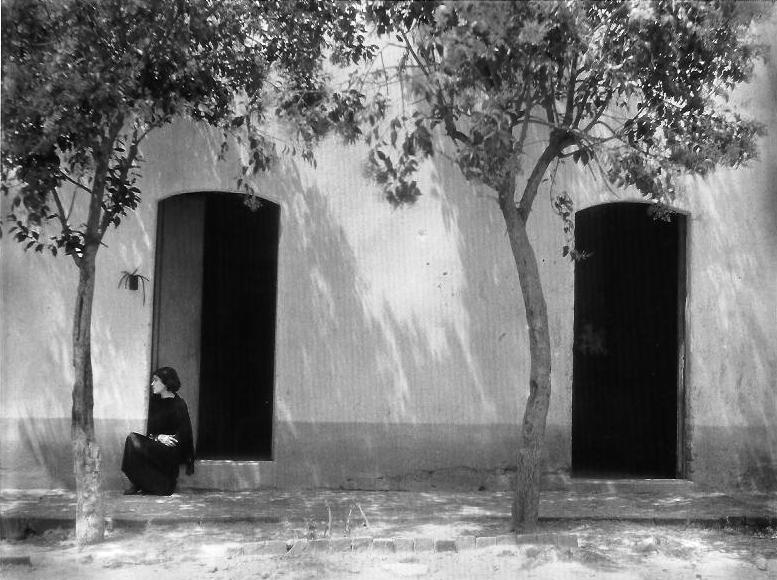
Tacubaya
Share
Jorge Pedro Uribe Llamas
There is a book whose title summarizes very well the historical development of this area 10 kilometers to the southwest of the Zócalo: Tacubaya: from summer suburb to city (Unam, 2007) by Sergio Miranda. Other works, like the small book written by Guillermo Tovar in his adolescence, the brickwork of Antonio Fernández del Castillo, and Quintas de Tacubaya (2011) seem to agree on the same: Tacubaya (originally Atlacuihuayan, "place where water is taken," according to one interpretation) used to be better before, when it was still a village, and quite famous for its pleasant climate. Thus, we tend to long for the grand house of Manuel Escandón Garmendia; the one belonging to the Barron family, which later belonged to Ignacio de la Torre; the Mier y Pesado, with a palladian facade... The elegant surnames of the early Porfirio era. When it was commonly said: "No matter how bad or good it goes for you, always Tacubaya." Unfortunately, that is not the Atlacuihuayan we had to live in. There are no more portals or romantic trams. However, the magnificent Dominican convent survives; the former Diego church, now converted into the National Museum of Cartography; the wonderful restaurant Casa Merlos, with its baroque moles, behind the old archiepiscopal palace; the architectural wonders of Luis Barragán; the Molino de Santo Domingo (fragmented since 1908); the Lira Park next to the Casa de la Bola, which began construction in the 16th century... Likewise, the San Miguel Chapultepec and Escandón neighborhoods, the art déco of Juan Segura, the 19th-century fire station, the traditional cantinas... Our history has much to thank this collection of neighborhoods and towns carved by the metro, the enormous avenues, the indifferent crowd. In them, we continue to take the water. Listening to La Maldita Vecindad. Honoring the first Aztec settlers, who have lived here since 1276, and the Martyrs of Tacubaya in the melancholic Alameda. Facing forward as the Ermita Building does between two large avenues. It is not advisable to dwell in the past; this city looks better in color. And there is indeed color in Tacubaya, an asymmetrical reminder that we have not stopped advancing and transforming. No matter how it goes for us.

